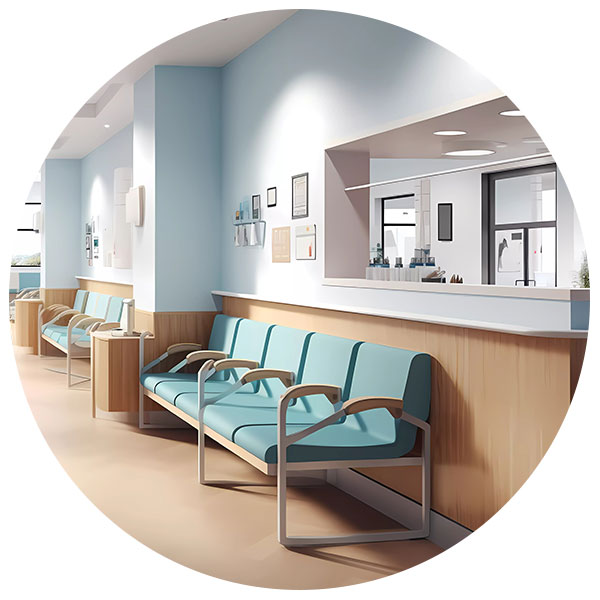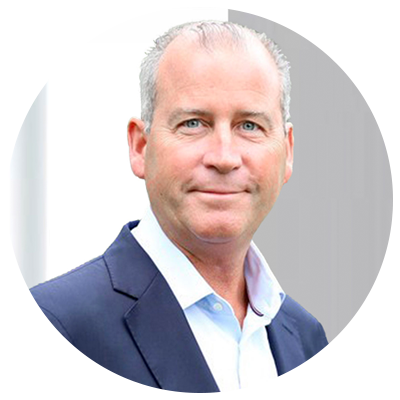
Carpe Diem Global Partners interviewed 51 Chief Executive Officers and Chief Operating Officers from healthcare SaaS technology companies between $1MM – $100MM in revenue over the last 60 days to understand their take on the top three strategic priorities to drive enhanced patient outcomes for a healthcare SaaS business.
This white paper explores the strategic priorities healthcare SaaS tech companies should focus on to leverage technology to make the patient journey as seamless as possible, enhance outcomes, and help scale a SaaS healthcare organization.
In the rapidly evolving healthcare landscape, software as service (SaaS) businesses face the pressing challenge of enhancing patient outcomes while navigating a complex ecosystem of providers, patients, and regulatory requirements. Based on a comprehensive market intelligence assessment, three strategic priorities emerge as crucial for healthcare SaaS companies aiming to make a meaningful impact: Patient Engagement and Adherence, Streamlined Administrative Processes, and Data-Driven Decision Making and Outcome Measurement.
Patient Engagement and Adherence
The Challenge: A significant issue plaguing healthcare today is the high rate of patient no-shows and disengagement from care plans. Patients often start treatment but fail to adhere to prescribed plans over time, jeopardizing their health and clinic revenues.

Strategic Approach: Healthcare SaaS platforms must prioritize robust patient engagement strategies. This can include personalized communication through multiple channels – such as texts, emails, and phone calls – to keep patients informed and motivated. For instance, incorporating AI-driven chat functionalities can facilitate peer support and provide patients with immediate access to answers from healthcare professionals.
Expected Outcomes: By fostering an engaging environment, patients are more likely to adhere to their care plans, resulting in lower no-show rates and improved satisfaction. A well-designed platform can ensure that patients remain connected and engaged long after initial treatment, ultimately benefiting both their health and the financial viability of clinics.
Streamlined Administrative Processes
The Challenge: Healthcare providers often grapple with overwhelming administrative burdens that detract from their capacity to focus on patient care. Manual scheduling, billing, and follow-ups can consume significant staff hours, leading to inefficiencies.

Strategic Approach: Implementing AI-driven automation for these processes can be transformative. Healthcare SaaS solutions should integrate seamlessly with existing electronic medical record (EMR) systems to streamline scheduling and billing operations. This integration enables providers to reclaim valuable time, allowing them to concentrate on delivering high-quality patient care.
Expected Outcomes: As administrative tasks become automated and streamlined, clinicians can see more patients, improving both patient outcomes and clinic revenues. Moreover, this efficiency can foster a more positive work environment, contributing to better staff morale and enhanced patient experiences.
Data-Driven Decision Making and Outcome Measurement
The Challenge: The ability to track patient outcomes and demonstrate return on investment (ROI) remains a significant hurdle for healthcare organizations. Many providers lack the insights necessary to assess the effectiveness of their interventions or to make informed adjustments to care strategies.

Strategic Approach: Healthcare SaaS platforms must leverage analytics to aggregate and interpret patient data. By developing customizable dashboards that track key performance indicators (KPIs) – such as readmission rates, patient satisfaction, and adherence levels – providers can gain actionable insights into their practices.
Expected Outcomes: Data-driven decision-making not only enhances clinical care but also validates the efficacy of treatment approaches. By demonstrating tangible improvements in patient outcomes and ROI, healthcare SaaS companies can strengthen relationships with providers, ensuring alignment with their goals and fostering long-term partnerships.
To drive enhanced patient outcomes in the healthcare sector, SaaS businesses must focus on fostering patient engagement, streamlining administrative processes, and implementing data-driven decision-making frameworks. By addressing these strategic priorities, healthcare SaaS providers can create valuable platforms that improve both the patient experience and clinical outcomes, ultimately shaping a more effective and sustainable healthcare landscape. As the industry continues to evolve, those who prioritize these areas will be well-positioned to succeed in a competitive market, transforming challenges into opportunities for growth and innovation.

Michael Whitehead Managing Partner

These market insights from Carpe Diem Global Partners are gathered from the firm’s extensive client work with Board, CEO, CXO, and CHRO leaders in public and private multinational companies. For deeper, custom insights, contact Michael Whitehead at mwhitehead@carpediempartners.com or Jamie Farnham jfarnham@carpediempartners.com.

Jamie Farnham
Managing Partner

